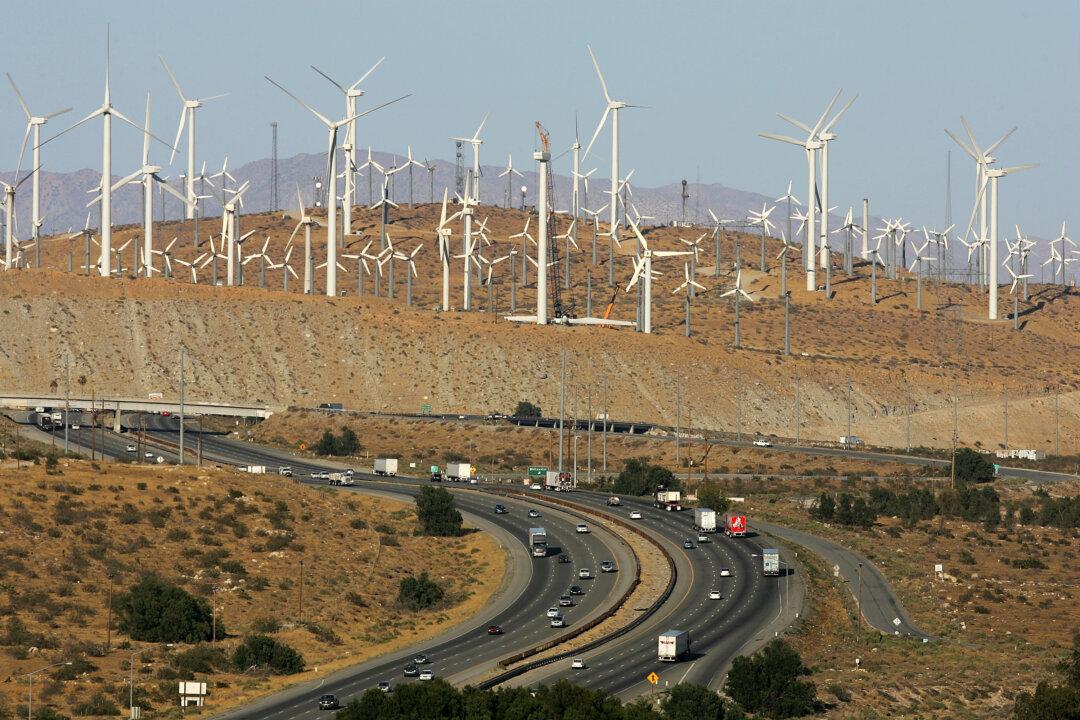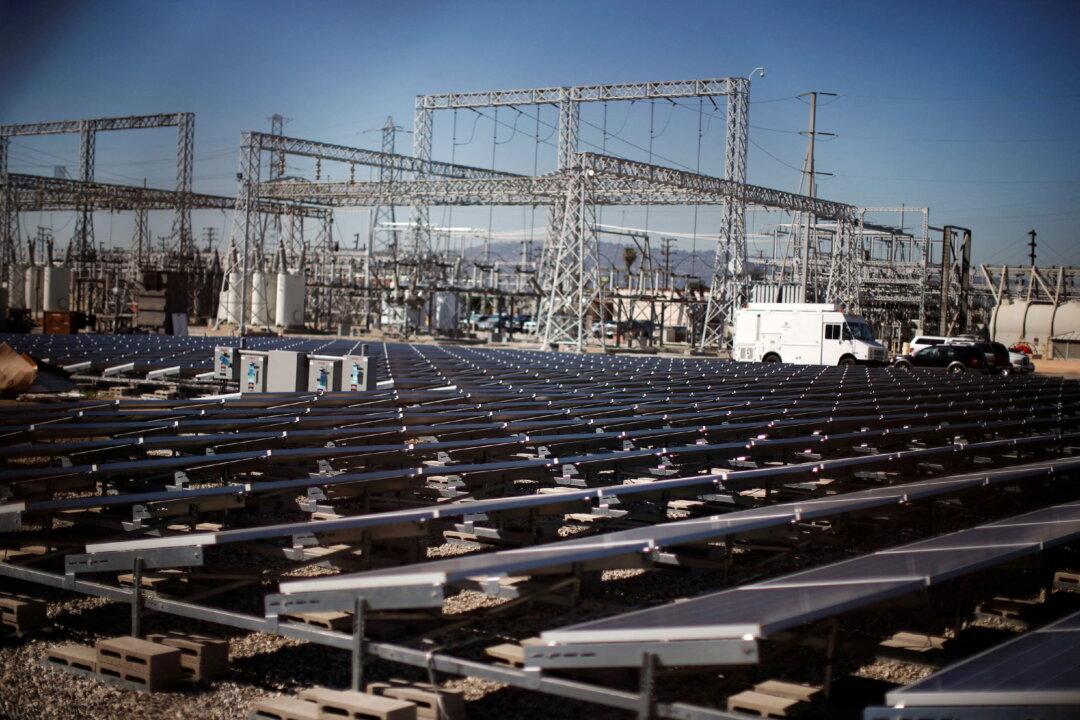Commentary
One of the themes in my Epoch Times columns is that a large part of what’s wrong with California is the politicians’ oversized belief in the importance of the state, and of themselves. They keep saying the state soon will be the fourth largest global economy, surpassing Great Britain and Germany, when it’s just a subsection of the U.S. economy.





